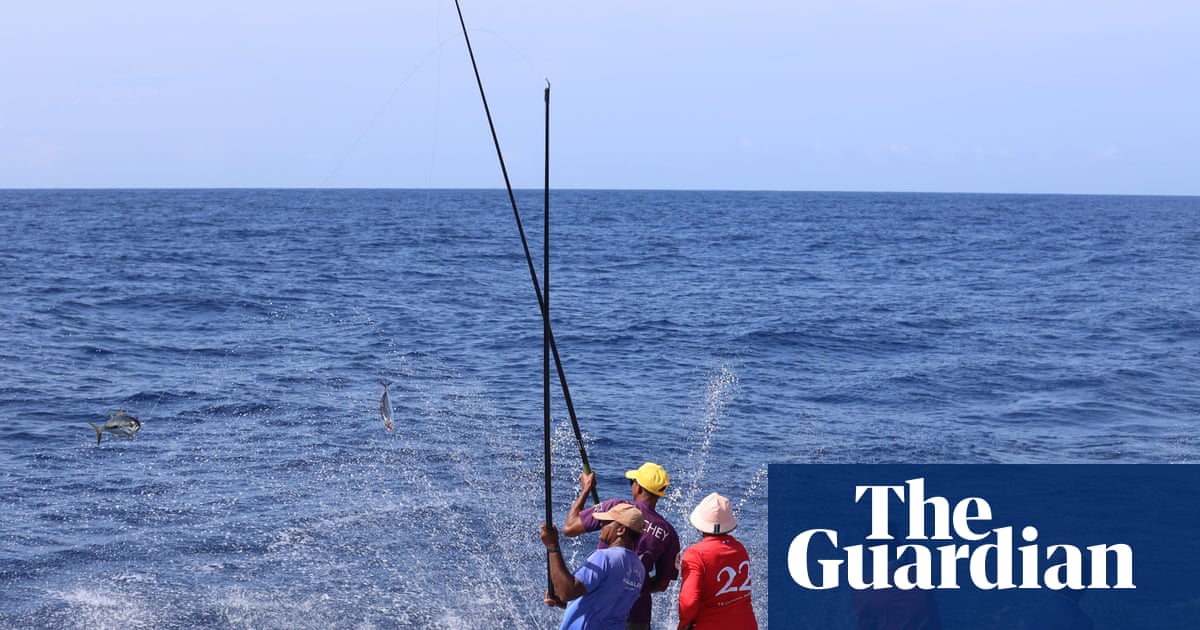
"At 3.04am, most of the residents of the northern Maldivian island village of Kanditheemu are fast asleep. Only the faint sound of waves lapping against anchored boats and the crunch of sand under weathered sandals breaks the silence. Carrying buckets and small bags, 14 fishers emerge and move quietly towards the harbour, crossing a narrow wooden plank to board a 24-metre-long dhoni boat named Mas Vaali."
"For captain Ibrahim Hamid, 61, this routine has been the same for decades: rise before dawn, steer a dhoni across the Indian Ocean, and oversee a crew hauling in silvery skipjack tuna using single poles and lines in a process that is often unchanged from how they fished as boys. With tuna among the Maldives' most vital exports, the country's fisheries still rely on a method practised for nearly 1,000 years: catching skipjack tuna one fish at a time."
Pre-dawn, small crews board 24-metre dhonis to fish for skipjack tuna using single poles and lines, a technique unchanged across generations. Pole-and-line fishing attracts baitfish with lights and captures tuna one at a time, reducing bycatch and habitat damage. Skipjack is a major export, mostly canned and sent to Europe and North America, with over 50,000 tonnes annually, and remains a local culinary staple used in dishes like garudiya. Fishers, many who began as teenagers, rely on the method for income, cultural identity, and safeguarding the future of Maldivian fisheries.
Read at www.theguardian.com
Unable to calculate read time
Collection
[
|
...
]